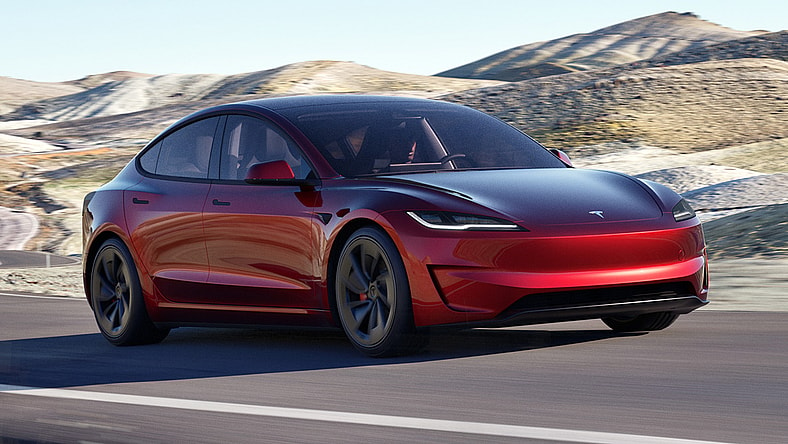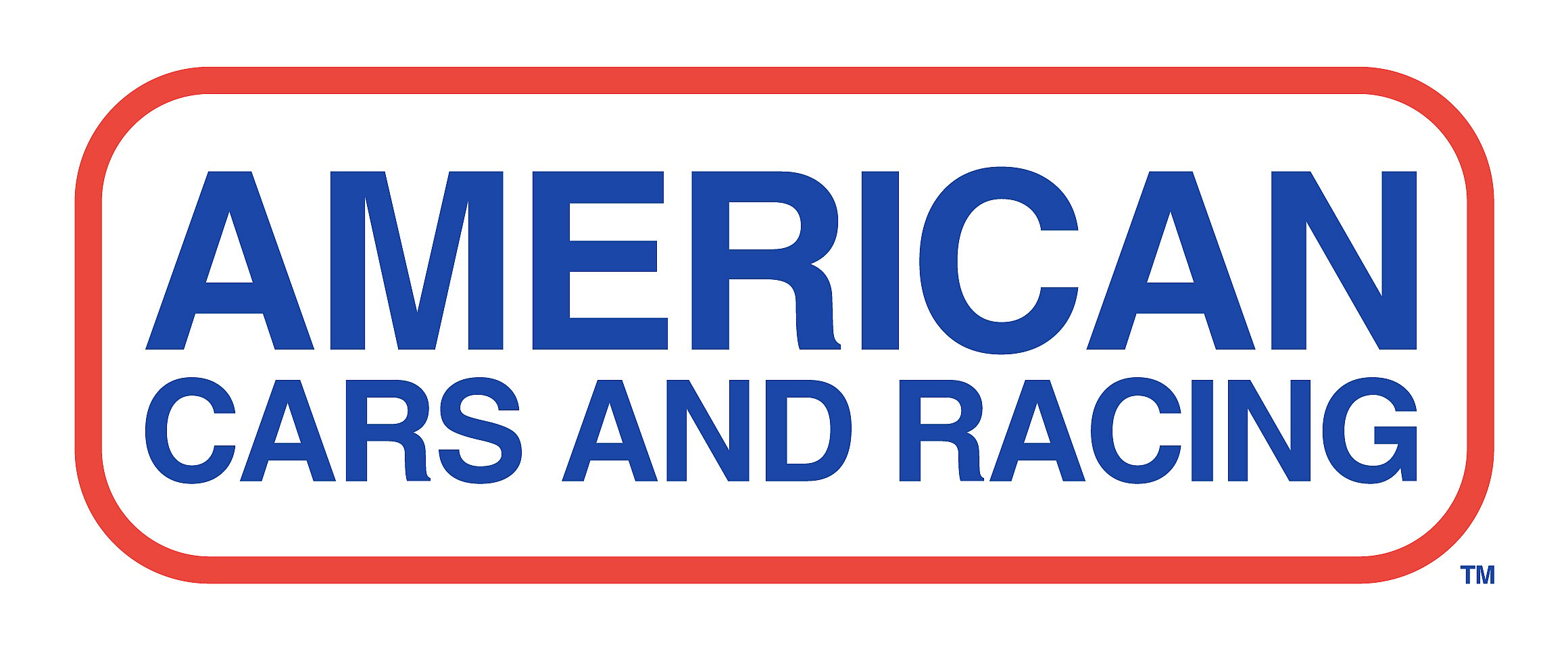NHTSA Is Investigating Tesla’s Full Self-Driving After Fatal Crash, Robotaxi Reveal

The National Highway Traffic Safety Administration’s Office of Defects Investigation has opened an investigation into Tesla’s Full Self-Driving feature following four accidents that included one fatality.
The issue involves the system’s ability to operate in low visibility situations caused by “conditions such as sun glare, fog, or airborne dust.”
Full Self-Driving is offered across Tesla’s lineup and will be the backbone of the Robotaxi it unveiled last week. The feature is not currently capable of fully autonomous operation and requires the driver to remain attentive while it is in operation.
Unlike most similar systems built by other companies, Full Self-Driving relies solely on cameras to function and does without redundant sensors like radar and lidar.
Read Also: 8 COOL FEATURES ON THE TESLA ROBOTAXI AND ROBOVAN
More than 2.4 million vehicles built since 2016 with Full Self-Driving hardware are potentially impacted, although not all of them have the system activated.
Read Also: SORRY, TESLA, BUT THE CYBERCAB IS 22 YEARS OLD
In the fatal accident, a Tesla vehicle struck and killed a pedestrian. NHTSA did not provide additional details about the incident.
CLICK TO FOLLOW AMERICAN CARS AND RACING ON GOOGLE NEWS
The investigation will initially be focused on determining how the system responds to reduced visibility, identifying any additional crashes that occurred under similar circumstances and how updates Tesla has made to the constantly evolving software that runs it may have affected its performance in the low visibility scenario. Tesla has not commented on the investigation.
Read Also: YOU PROBABLY MISSED THIS IRON MAN REFERENCE IN THE TESLA ROBOVAN’S REVEAL
Tesla’s goal with the Robotaxi, which is scheduled to go into production in 2026, is that it will be deployed into a ride-hailing service that the owners of other Tesla models with Full Self-Driving will be able to add their own vehicles to when they don’t need them. CEO Elon Musk said that he believes the feature will be capable of operating on the level required for this sometime next year, but did not put a date on when the service would be launched, adding that regulatory approvals will be required.
